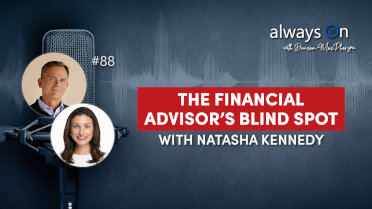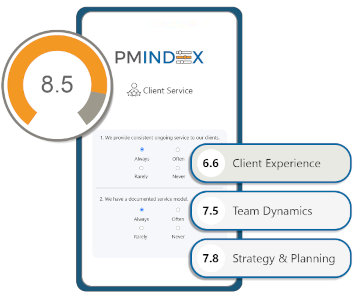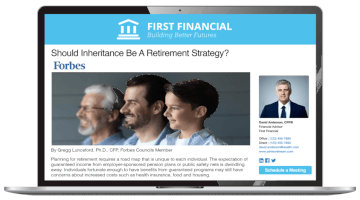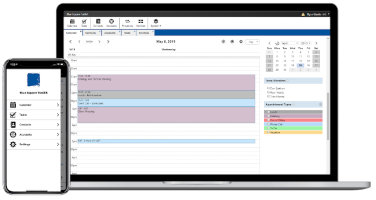I’ve seen it time and time again. Being more productive doesn’t mean that you have to work harder or put in longer hours. You just have to be strict and economical with your time.
You do it every day, without thinking about it. When you buy a power screwdriver to replace your rusty old manual one, you are buying time. You are focused on accomplishing the same job but in less time and with less energy expended.
As I identified earlier, one way to manufacture capacity, free up time and reduce hassle factors is to right-size your client base. Focusing on how small you can stay has worked wonders for several advisors who hit a plateau, but that isn’t to say it is necessary for every advisor. Some advisors transfer B and C clients to a Call Center. Others hire a protégé to manage B clients to free themselves up to provide enhanced service to A clients.
Another approach is to come back to the Pareto Principal. If 80 percent of your business is stemming from 20 percent of your clients then you must invest 80 percent of your time with those clients on a one-to-one basis. And if 20 percent of your business is coming from 80 percent of your clients perhaps a one-to-many approach for your B clients using a managed money platform is the answer.
You’ve probably considered a managed money platform for a block of your B clients but never executed on the concept. I can tell you this - and this stems from countless observations - done properly, following a predictable and sustainable process that is positioned professionally and as a benefit to your clients, this can manufacture time and capacity to ensure that the business serves your life.
The key in that statement is that you position the concept as a benefit to your B clients. I say that because many advisors feel that the optics (from the clients’ perspective) of transitioning all or even just a block of B clients to a managed money program will be negative. Surely clients will feel they are being trivialized and will eventually defect to another advisor? I’m here to tell you that it all comes down to how you position it. Not to oversimplify it, but you can follow this simple checklist as a starting point:
- Research - It should go without saying, but scrutinize the platforms available to you and be in no hurry to select one that is the best fit.
- Apply a two-meeting approach - The first meeting is for introducing the concept and the second is for the actual transition itself.
- The importance of process - Explain the difference between a financial plan and on-going financial planning.
This is the recipe for the secret sauce, for lack of a better analogy. With your B clients, you want to explain how this is a proactive and ongoing process that helps you both take a long view to financial planning while at the same time still being nimble enough to react to fluctuations and external events along the way.
Many clients think of financial planning as a one-off event where the advisor diagnoses the client’s issues, identifies their goals and objectives and then creates a 120-page plan that the client probably won’t read or understand but might feel better simply holding.
True financial planning is a fluid and dynamic process that can be affected greatly by Critical Life Events; any one of which can instantly render that 120-page plan obsolete. When you are transitioning your relationship to a managed money approach, you can re-frame the client’s understanding of your role in their life. It is one thing to explain the difference between transactional commissions and transparent asset management fees, but a Fee-Worthy Advisor goes deeper than that.
The Fee-Worthy Advisor uses words like “process”, “consistency” and “predictability” - not in terms of returns on a statement but in terms of advisor-client engagement. They use metaphors like the weather, a GPS and the seasons to help the client conceptualize how the advisor navigates through storms and seasonal swings. The markets are like the weather - you can anticipate some storms and others you cannot. The markets are like the seasons. You can count on the seasons of life but the severity of each season can fluctuate from year to year.
This can help your clients truly understand your role and your value and see past turbulent periods.
Many advisors say that having a Fee-Worthy mindset puts you on the same side of the table as your client. I say that it puts you both on the same wavelength, and that understanding competitor-proofs your clients, minimizes their anxieties about external factors and events and improves your refer-ability. It also has proven to dramatically reduce the daily frequency of inbound client calls because of their renewed confidence in you and your process, and that takes the transitional process from time well spent to the best investment you’ll ever make.
Continued Success!
Contributed by: Duncan MacPherson












